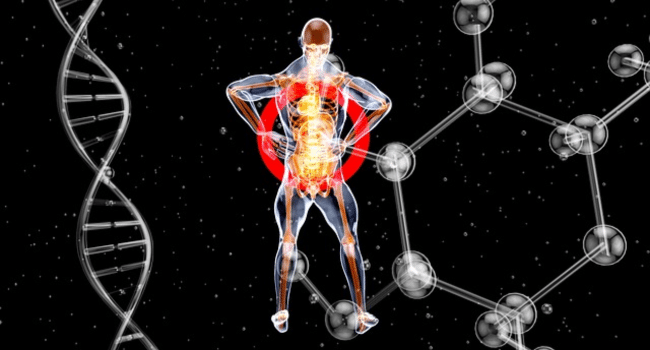Table of Contents
A strong back is important for general health, yet many people experience backpain and stiffness as a result of poor posture, sedentary lifestyles, and improper lifting methods, among other causes. Back pain and stiffness can be avoided by taking a proactive stance that includes lifestyle adjustments and mindful practices.

1. Maintain Proper Posture
The foundation of a healthy back is maintaining good posture. Your spine and the muscles that support it are put under unnecessary strain when you have poor posture, whether you’re sitting, standing, or walking. Imagine an invisible rope tugging you upward, aligning your head, shoulders, and hips, to encourage healthy posture. Keep your feet firmly on the floor when sitting, and pick a chair that supports the lower back’s natural curvature. Make a deliberate effort to sit up straight and avoid slouching. Stand with your weight equally distributed between both feet, shoulders relaxed, and chin parallel to the floor. However, if you find yourself suffering from back pain and you live in Arizona, you can look up a spine specialist in Mesa AZ.
2. Engage in Regular Physical Activity
Maintaining a healthy back requires regular exercise. Exercises that build up the abdominal and lower back muscles, which are the core muscles, provide your spine the stability it needs. Exercises like walking, swimming, yoga, and Pilates increase flexibility, strengthen the muscles that support your back, and improve posture. Include back and abdominal workouts in your routine to keep your balance. Stretching and flexibility exercises, for example, encourage joint mobility and lower the risk of stiffness. To prepare your muscles and joints for the action and help them recover, warm up before exercising and cool down after.
3. Practice Mindful Lifting Techniques
Back problems can result from improper lifting practices. Using the right lifting methods is essential if you want to preserve your back while carrying out daily duties like carrying groceries or moving big goods at work. When lifting, maintain your back straight and your knees bent. Lift the thing by using your legs’ strength while keeping it close to your torso. If you need to shift directions when lifting, rotate your complete body rather than twisting your spine. Use mechanical devices like dollies or carts or ask for help if a thing is too heavy.
4. Maintain a Healthy Weight
A healthy weight must be maintained if you want to keep your back in good shape. Body weight that is too high, particularly in the belly, alters your body’s center of gravity and strains your spine. Chronic back pain and discomfort can result from this. You can reach and maintain a healthy weight by eating a balanced diet and exercising often. Calcium and vitamin D are two important elements included in a balanced diet that promote the health of your bones and muscles. Additionally, decreasing extra weight lessens the strain on your spine, alleviating pressure on the joints and intervertebral discs.
5. Prioritize Ergonomic Workspaces
Having an ergonomic workstation is essential for avoiding back discomfort and stiffness, whether you have a desk job or spend a lot of time on a computer. Invest in a chair that supports your lumbar region and encourages good posture. Invest in a chair that helps you maintain proper posture while supporting your lumbar area. Your desk should be at a comfortable height so that your feet are level on the floor and your arms can form a 90-degree angle when typing. Make sure your computer screen is at eye level to prevent strain on your neck and upper back. Moreover, be sure to get up, stretch, and move around often during breaks. To reduce stress on your wrists and arms, use ergonomic equipment like keyboard trays and wrist rests.
6. Manage Stress and Practice Relaxation Techniques
Back pain and muscular tightness are both influenced by stress. The health of your back can be greatly benefited by learning to handle stress via relaxation practices like deep breathing, meditation, and yoga. Exercises for lowering stress encourage muscular relaxation, which lowers tension and improves circulation. To reduce stress and advance your physical and mental well-being, think about introducing mindfulness practices into your everyday routine. Effective stress management has a favorable influence on your general health, which includes the condition of your back.
Conclusion
Your general well-being and mobility depend on having a strong back. You can effectively prevent back pain and stiffness by establishing mindful habits like maintaining proper posture, getting regular exercise, using the right lifting techniques, managing your weight, setting up ergonomic workspaces, controlling your stress, and seeking professional assistance when necessary. By incorporating these professional tips into your daily routine, you can have an active and joyful life while promoting a strong, flexible, and pain-free back.
Read more on KulFiy
Do These Things Before Giving Your Smartphone For Repair
